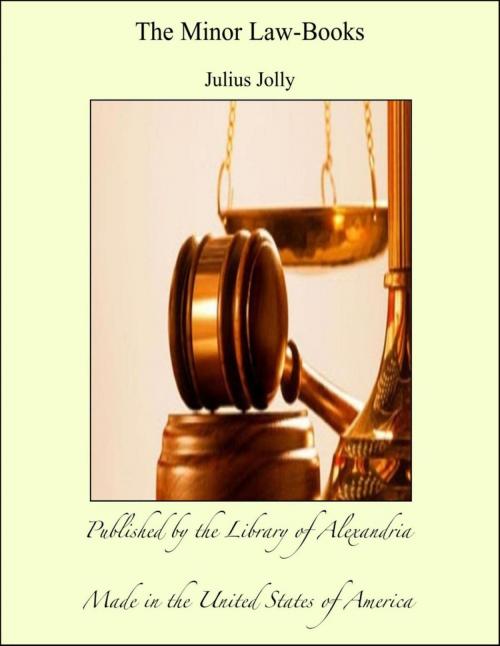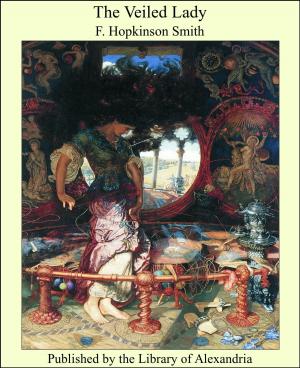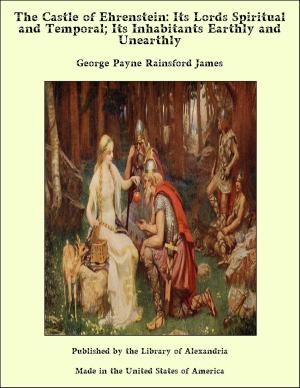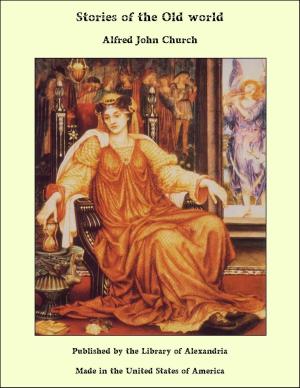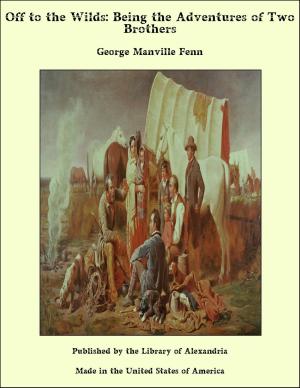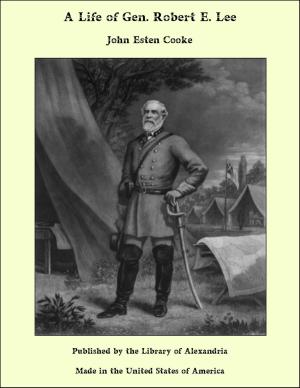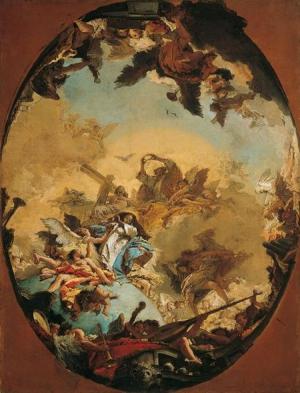| Author: | Julius Jolly | ISBN: | 9781465578341 |
| Publisher: | Library of Alexandria | Publication: | March 8, 2015 |
| Imprint: | Language: | English |
| Author: | Julius Jolly |
| ISBN: | 9781465578341 |
| Publisher: | Library of Alexandria |
| Publication: | March 8, 2015 |
| Imprint: | |
| Language: | English |
The Nârada-smriti or Nâradîya Dharmasâstra firstSupposed origin of the Code of Manu. attracted attention nearly a century ago by being quoted in the Preface to Sir W. Jones's celebrated translation of the Code of Manu. What caused it to be brought before the notice of the learned world, was its bearing on the origin and history of the authoritative law-book of ancient India. The statements extracted by Sir W. Jones from the opening chapter of Nârada's law-book require some modification at present, as he was not acquainted with the larger and more authentic of the two versions of Nârada's work, which is now translated. It appears from the present work (pp. 1-4) that Nârada, the reputed compiler of the Nâradîya Dharmasâstra, refers to four, instead of three, successive versions of the Code of Manu, in 100,000 slokas or 1,080 chapters, in 12,000, 8,000, and 4,000 slokas. The authorship of these four versions is assigned, respectively, to Manu, Nârada, Mârkandeya, and Sumati, the son of Bhrigu, and the Nârada-smriti is described as an abridgment, made by Nârada, of the ninth or Vyavahâra (legal) chapter of the original Code in 100,000 slokas. The first part of Nârada's abridgment of the ninth chapter of Manu's Code is designed as a mâtrikâ or vyavahâra-mâtrikâ, 'summary of proceedings-at-law' or 'general rules of procedure.'
The Nârada-smriti or Nâradîya Dharmasâstra firstSupposed origin of the Code of Manu. attracted attention nearly a century ago by being quoted in the Preface to Sir W. Jones's celebrated translation of the Code of Manu. What caused it to be brought before the notice of the learned world, was its bearing on the origin and history of the authoritative law-book of ancient India. The statements extracted by Sir W. Jones from the opening chapter of Nârada's law-book require some modification at present, as he was not acquainted with the larger and more authentic of the two versions of Nârada's work, which is now translated. It appears from the present work (pp. 1-4) that Nârada, the reputed compiler of the Nâradîya Dharmasâstra, refers to four, instead of three, successive versions of the Code of Manu, in 100,000 slokas or 1,080 chapters, in 12,000, 8,000, and 4,000 slokas. The authorship of these four versions is assigned, respectively, to Manu, Nârada, Mârkandeya, and Sumati, the son of Bhrigu, and the Nârada-smriti is described as an abridgment, made by Nârada, of the ninth or Vyavahâra (legal) chapter of the original Code in 100,000 slokas. The first part of Nârada's abridgment of the ninth chapter of Manu's Code is designed as a mâtrikâ or vyavahâra-mâtrikâ, 'summary of proceedings-at-law' or 'general rules of procedure.'
